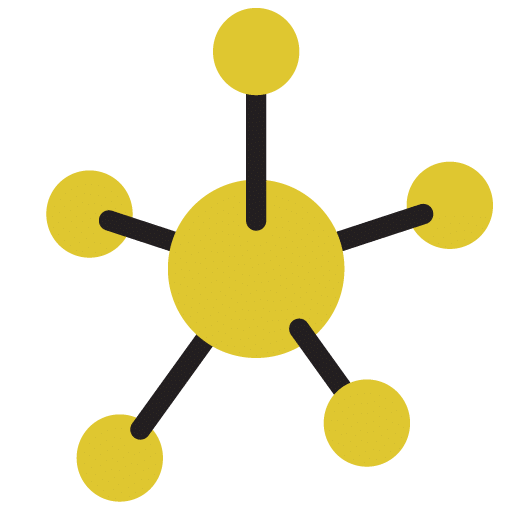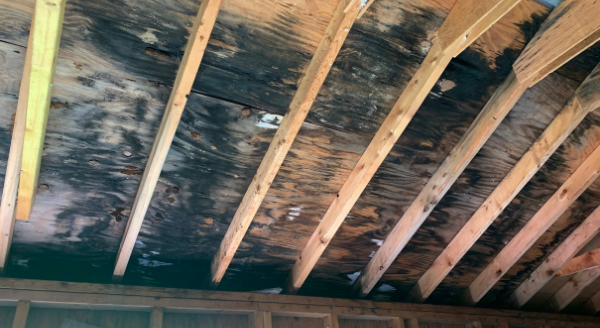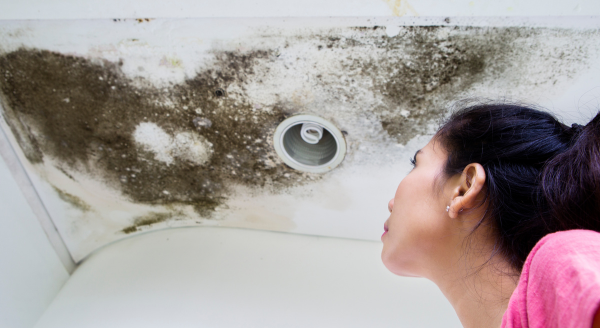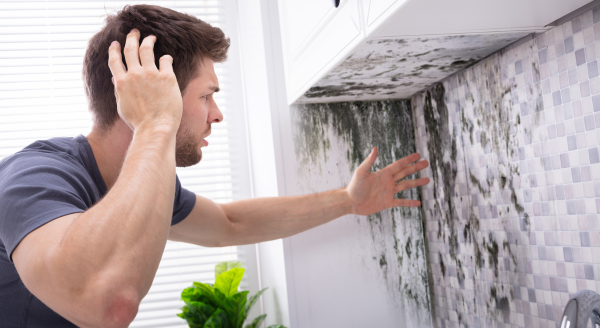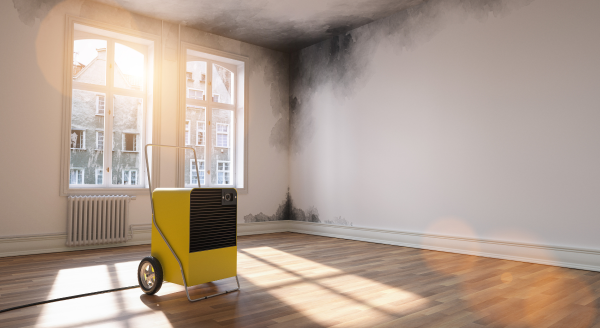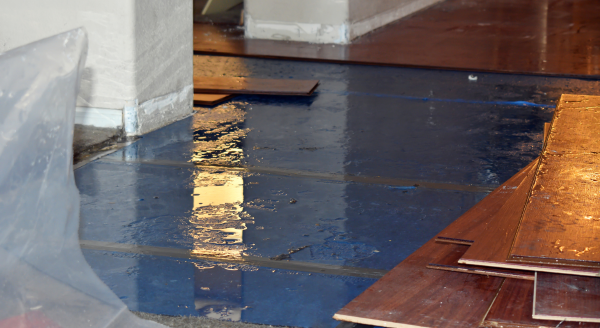As we move closer into the winter and cold weather becomes the norm, it’s important to prepare your home. The winter months offer new challenges to keeping your home safe and problem-free. One of the biggest challenges to deal with during the winter is cold-weather mold. This type of mold thrives in the chilly season and can be difficult to deal with if you’re unfamiliar with it. Here’s what you need to know about dealing with cold-weather mold this winter season!
What Is Cold-Weather Mold?
Cold-weather mold doesn’t actually grow from the cold weather itself, but rather the conditions that cold weather causes. As it becomes cold and wet outside, you probably start heating your home to keep yourself warm. This mixture of cold, moisture, and warm air is what creates the perfect conditions for mold to grow inside your walls and other parts of your home.
While mold can be dangerous to your health on its own, it can also cause problems in your home. As mold grows, it will slowly eat away on the building materials such as wood, siding, etc. Over time, this can cause things to deteriorate and need replacing, which can be costly. Thankfully, there are a few steps you can take to prevent mold growth in your home this season.
Preventing Cold-Weather Mold Growth
There are several steps you can take to keep your home mold-free this winter, and all should be taken seriously. The best step you can take is to keep your walls well insulated. Not only will this slash your heating and cooling bills throughout the year, but it’ll also prevent the condensation that mold needs to thrive. Other steps you can take to prevent cold-weather mold growth include:
- Keeping your house clean
- Keep the air well-circulated in your home. Open a window when you shower, turn on your exhaust fan, etc.
- Routinely check the seals on your windows for cracks or weak points
- Keep your home’s humidity level below 40%.
- Clean your gutters and downspouts to prevent any overflow
- Insulate and ventilate your attic
There are many more steps you can take to help prevent mold growth in your home. Consider reaching out to a mold remediation service for a consultation on your home and what steps would be best for you.
How To Remove Mold From Your Home
No matter how careful you are, you may still have some mold develop in your home. If this happens, don’t panic. There are some simple steps you can take to remove mold from your home.
It’s always best to address mold problems as quickly as possible. The longer they are around, the more damage they can do. If the infected area is relatively small, you may be able to wipe it away with a rag and cleaning solution.
However, larger areas where mold is inside the walls or has been caused by water damage should always be cleaned and taken care of by a professional. If you have mold damage to your home, reach out to a certified mold expert today to schedule an appointment. Mold is a risk to you and your family’s health and should always be addressed with urgency.
Looking for a Training Institute?
If you aren’t sure how to go about taking classes or the licensing examination, call us today. The National Environmental Training Institute (NETI) is a state-certified training company offering Mold Remediator and Mold Assessor training. NETI also offers continuing education units (CEU’s), certification, and licensing.
